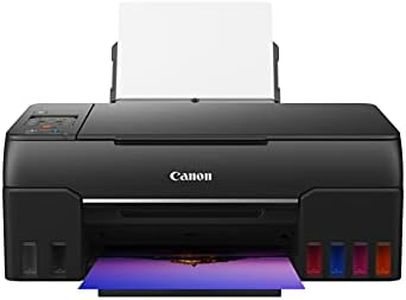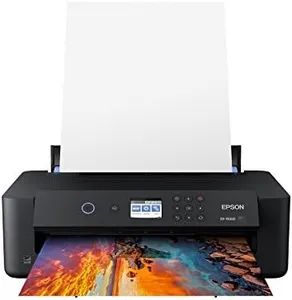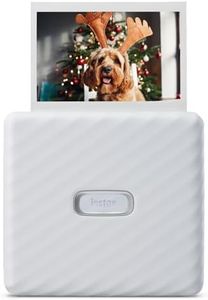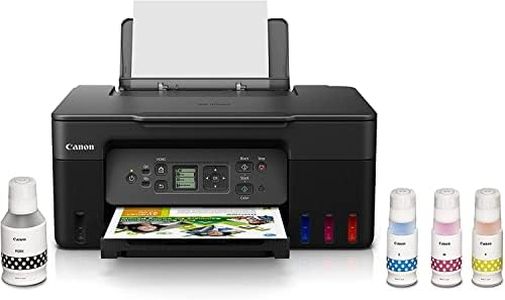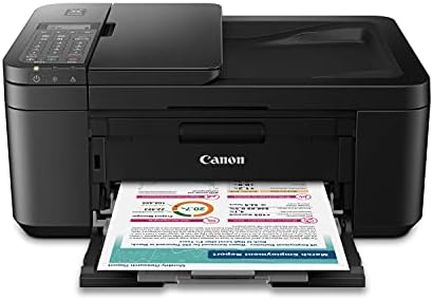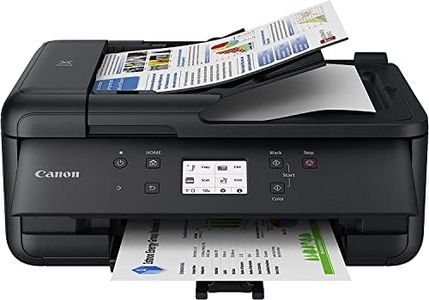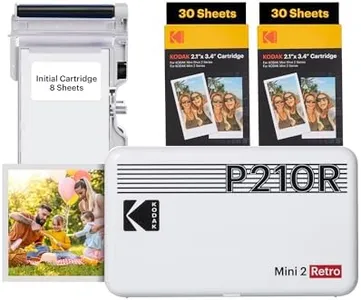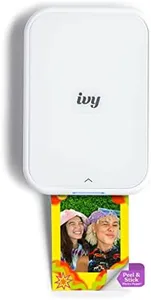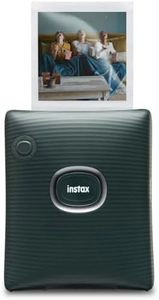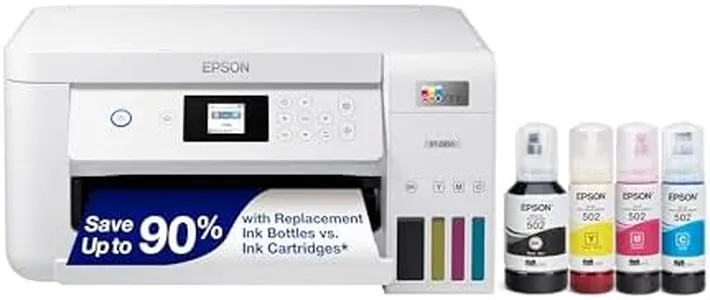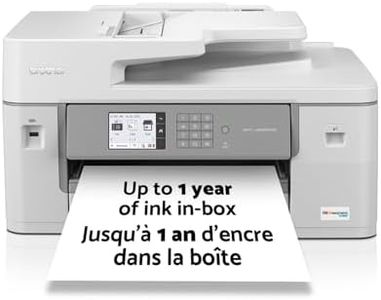We Use CookiesWe use cookies to enhance the security, performance,
functionality and for analytical and promotional activities. By continuing to browse this site you
are agreeing to our privacy policy
10 Best Photo Printers
From leading brands and best sellers available on the web.Buying Guide for the Best Photo Printers
Choosing the right photo printer can make a big difference in how your photos look and how easy it is to print them at home or in your studio. The best approach is to think about what you want to use the printer for—whether it's casual family photos, professional-quality prints, or creative projects. Consider how often you'll print, the size of prints you want, and how much space you have for the printer. Understanding the key features will help you find a printer that matches your needs and gives you the best results.Print Resolution (DPI)Print resolution, measured in dots per inch (DPI), tells you how detailed and sharp your printed photos will be. Higher DPI means more detail and smoother color transitions, which is important for high-quality photo prints. Printers with lower DPI (around 300-600) are fine for casual snapshots, while those with higher DPI (1200 and above) are better for professional or large prints. If you want gallery-quality photos or plan to print enlargements, look for a higher DPI. For everyday family photos, a moderate DPI is usually enough.
Ink SystemThe ink system refers to how many separate ink cartridges the printer uses and what colors they include. Basic printers use four colors (CMYK: cyan, magenta, yellow, black), while more advanced models add extra colors like light cyan or light magenta for smoother gradients and better skin tones. If you care about color accuracy and want your prints to look as close to real life as possible, choose a printer with more ink colors. For simple prints or if you don't mind less precise colors, a basic four-color system will do.
Print Size CapabilityPrint size capability is about the maximum paper size the printer can handle. Some printers are designed for small, postcard-sized prints, while others can handle larger sizes like 8x10 inches or even bigger. If you mostly want to print standard photos for albums or frames, a printer that handles 4x6 or 5x7 inches is enough. If you want to make posters or large wall art, look for a printer that supports larger formats. Think about the typical size of photos you want to print before deciding.
Print SpeedPrint speed tells you how quickly the printer can produce a photo, usually measured in seconds or minutes per print. Faster printers are convenient if you need to print a lot of photos at once, like for events or business. Slower printers are fine if you only print occasionally or don't mind waiting a bit for higher quality. If speed is important to you, check the print speed for the photo size you plan to use most often.
Connectivity OptionsConnectivity options describe how you can send photos to the printer. Common options include USB, Wi-Fi, Bluetooth, and memory card slots. Wireless options like Wi-Fi and Bluetooth are great if you want to print directly from your phone or computer without plugging in cables. Memory card slots are handy if you use a digital camera and want to print straight from the card. Choose the connectivity that matches your devices and how you prefer to print.
Media CompatibilityMedia compatibility refers to the types of paper and other materials the printer can use. Some printers only work with glossy photo paper, while others can handle matte, fine art, or even specialty papers like stickers. If you want to experiment with different looks or need specific paper types for your projects, check what the printer supports. For basic photo printing, standard glossy or semi-gloss paper compatibility is usually enough.
Operating Costs (Ink and Paper)Operating costs are about how much you'll spend on ink and paper over time. Some printers use more expensive cartridges or require frequent replacements, which can add up if you print a lot. Others are designed to be more economical with larger ink tanks or refillable systems. If you plan to print often, look for a printer with lower ongoing costs. If you only print occasionally, this may be less important.

